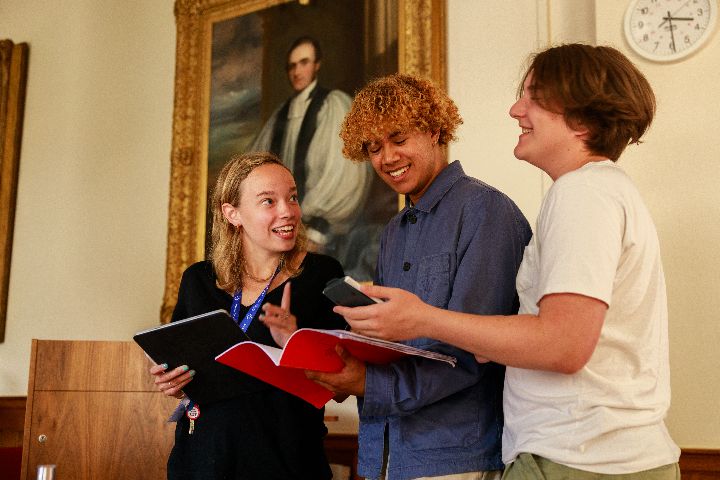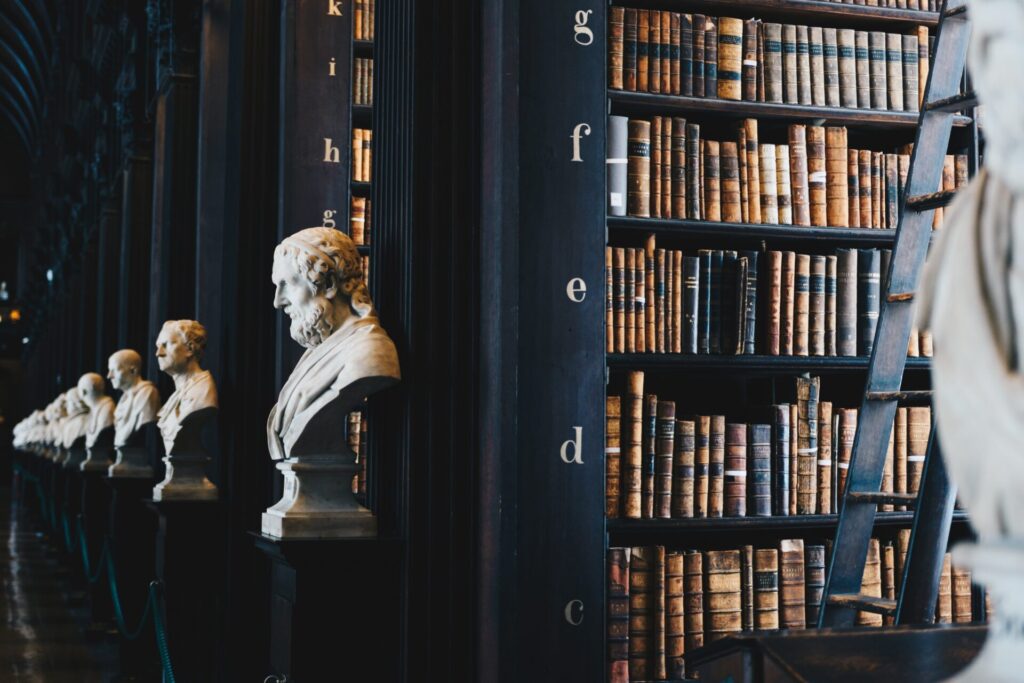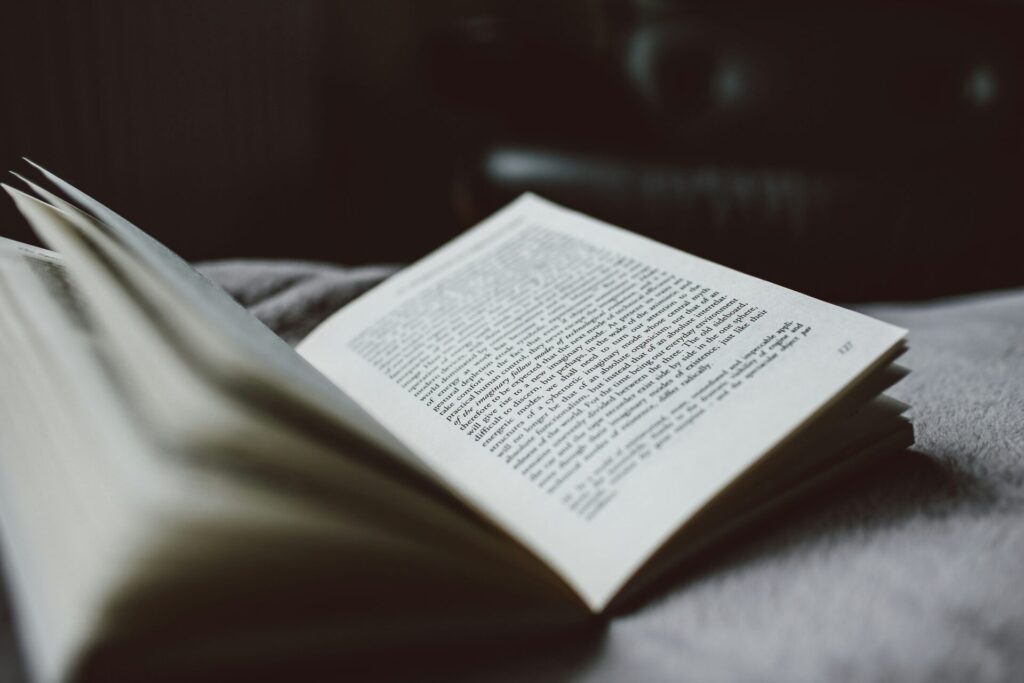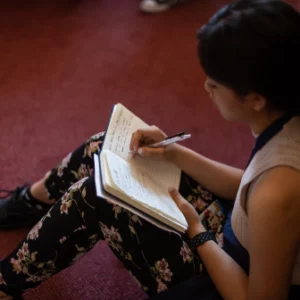So, why would you find yourself writing a short story? Ever wonder what “writing a short story” actually involves – especially for a high schooler? Here’s the real talk: writing a short story is about crafting a whole world, a wild adventure, or an unforgettable moment into just a few pages. Writing a short story lets you focus tightly on one scene, one feeling, or one twist – and that’s what makes it exciting and memorable.
Famous authors – from Poe or Saki to winners of school writing contests – often started out writing a short story. The best part? Writing a short story doesn’t require epic battles or years of plotting. It requires a good idea, a dash of courage, and the willingness to put your own perspective on the page.
Why bother writing a short story?
- The format is quick and lets you experiment.
- You’ll get better at “show, don’t tell.”
- It’s great for contests, class projects, or just showing off creative chops.
- You can finish and polish a piece in days, not months!
At Immerse Education’s residential and online creative writing programmes, you’ll work with an established author who will tutor you through the process of writing your own pieces, including short stories as well as poetry and longer-form works. Whether you choose to join a group programme to build your network of aspiring writers or take part in 1-1 online sessions, it’s a sure-fire way to fast-track both confidence and skill.
Structure: The Backbone of Writing a Short Story
If you Google “short story structure,” you’ll find lots of diagrams and wild theories. Let’s keep it simple, though – structure is your story’s spine, not a prison. Knowing the basics frees you up to be creative.
Classic Short Story Structure:
- Exposition: In other words, set the scene. Introduce your character(s) and their “normal.”
- Rising Action: The problem appears or grows – that could conflict, tension, or surprises.
- Climax: The high point – your biggest moment of action, choice, or realisation.
- Falling Action: The fallout – how does the character (or world) deal with what just happened?
- Resolution: Wrap it up, leave a punchline, or drop your reader in thought.
Example:
Marcus dithers about joining theater (Exposition) → has an embarrassing mishap backstage (Rising Action), finally steps onstage and delivers the line (Climax), worries what his classmates will think (Falling Action), and gets a round of applause that changes his outlook (Resolution).
The Not-So-Scary First Steps: How to Start Writing a Short Story
Let’s break “writing a short story” into clear steps you can actually follow. Each one gets you closer to a finished piece you’ll be proud of.
1. Brainstorming: Where Writing a Short Story Begins
Even a legendary story starts as a quick scribble. Ideas are everywhere – school bus eavesdropping, dreams, overheard jokes, or real-life drama. When writing a short story, don’t toss out ideas for being “small.” Emotional moments (nerves before a game, saying sorry to a friend, texting someone first) are gold.
How to Brainstorm:
- Carry a notebook or use your phone’s notes app.
- Free-write: Set a timer and write nonstop for five minutes, no editing, just capturing thoughts.
- Use prompts: “What would you do if you found a secret letter under your desk?”
- Try mind-mapping. Put your central word (“courage,” “betrayal,” “summer break”) in the middle and draw branches for “characters,” “setting,” and “possible endings.”
Visuals: Try doodling your brainstorm as a cloud, timeline, or even a moodboard with magazine clippings or phone images! Pin these in your study space for inspiration. We’ve included more planning tips below!
2. Meet Your Main Character(s): The Heartbeat of Writing a Short Story
When writing a short story, your main character doesn’t have to be a superhero. Readers care about authentic wants and flaws.
Quick character-building guide:
- Goal: What do they want? (Win a race? Make amends? Escape a rumour?)
- Flaw: What’s in their way? (Nerves, stubbornness, fear?)
- Quirk: A detail that makes them unique (collects weird keychains, hates loud noises, doodles on shoes).
- Write a fake interview with your character. Ask them what they want, what drives them nuts, what secret they would never tell.
- Draw a character profile. Create a quick “Instagram page” with pictures, favourite phrases, or fake DMs illustrating their personality.
For a fuller guide to character building, check out our article on realistic characters.
3. Set the Scene: Crafting the Setting in Writing a Short Story
Your setting is like the backdrop in a play – simple but powerful. Drop in just enough sensory detail to let your reader imagine the space.
How to do this:
- Use two main senses: not just what a place looks like, but also what it sounds or smells like.
- Make the setting mirror or contrast the mood. Is it raining just as someone gets bad news? Is the cafeteria full of energy while your character feels empty?
“Speed paint” your location. In your planning notes, use three lines or less, capture where you are:
- “The classroom buzzed like a hive”
- “Binder clips clacking”
- “Engine of chatter warming up before the morning bell.”
Visuals:
- Sketch a floor plan of your setting.
- Use mood boards – cut out photos from old magazines, make Pinterest boards, or snap pics on your phone that fit your story’s “look.”
4. Plotting: Planning the Action in Writing a Short Story
Lose the pressure of inventing the next Hunger Games. Plotting for writing a short story is about “problem meets character meets change.”
Quick plot sketch:
- Who’s the main character? Jamal, a shy kid scared to try out for band.
- What do they want? To join band, but he’s terrified of being laughed at.
- What’s the first problem? Flubs his scales in front of everyone.
- Climax? Someone heckles him – he decides to keep playing, even louder.
- Resolution? He gets a shaky round of applause, teacher’s nod, and a fresh start.
Visuals: Create a story timeline – draw a line, mark beats for each major scene, and add little doodles or one-sentence summaries.
Tip: If you get stuck, move back and forth. Plot can change as you discover more about your character and setting.
5. Drafting: The Heart and Hustle of Writing a Short Story
All writers – even the pros – start with messy drafts. Don’t edit as you go, or you may never finish.
Fire-up techniques:
- Start in the middle of the action: “I was halfway through eating my sandwich when the fire alarm blared.”
- Use dialogue to launch right into a conflict: “If you open that envelope, we’re both in trouble,” Jess whispered.
- Don’t explain everything! Let readers figure out context from hints.
Set a timer – say, 20 minutes – and write nonstop. You can always fix things later.
Keep your energy up:
- Change fonts or colours for fun.
- Write by hand before typing.
- Reward yourself after each writing sprint (snack, song, meme scroll).
6. Revising and Editing: Making Your Short Story Shine
Revising is where writing a short story becomes art. Read your piece aloud – does anything sound off, confusing, or flat?
Revision tricks:
- Cut repetition. If a sentence doesn’t move the story forward or reveal character, chop it.
- Strengthen verbs (“walked” → “stormed” or “drifted”).
- Make dialogue real – speak it out, imagine friends saying those lines.
- Beef up or trim the ending. Does it land with a feeling or question?
Editing pro-move: Switch font styles or sizes – it tricks your brain and helps you spot typos.
Buddy up! Swap stories with a classmate or family member for feedback – sometimes someone else sees gaps or awkward bits you missed.
7. Formatting: Giving Writing a Short Story a Home
Presentation equals pride. Writing a short story is easier when you have a format that looks clear and pro.
- Title: A hook or hint at the story’s vibe
- By [Your Name]
- Indent paragraphs, or add extra space between them.
- Put every new speaker’s dialogue on a new line.
Join the Immerse Education 2025 Essay Competition
Follow the instructions to write and submit your best essay for a chance to be awarded a 100% scholarship.

Planning Tips: How to Make and Use Planning Visuals when Writing a Short Story
Why use visuals? Sometimes, a picture (even a stick figure!) makes planning or sharing your story easier – and way more fun.
1. Brainstorm clouds/mind-maps
- Draw a bubble in the center with your main story idea.
- Branch lines for “characters,” “setting,” “problem,” and “ending.”
- Under each branch, jot keywords or draw tiny icons.
Use for: Generating ideas, choosing which story to write, spotting connections between characters or scenes.
2. Character Profile Sheets
- Sketch your character – or cut out a random photo.
- List “name,” “likes,” “biggest fear,” “favorite saying,” and “fun fact.”
- Add details as you discover them while writing.
Use for: Keeping characters consistent, adding quirks, exploring relationships.
3. Plot Diagrams
- Draw a pyramid or “mountain” – label as “exposition, rising action, climax, etc.”
- Write a brief sentence or doodle for each beat.
Use for: Seeing your story’s action at a glance, making sure the pace builds as you want.
4. Drafting Checklists
Tape a checklist to your desk: “Brainstorm complete? First draft? Revision? Proofed?”
Check off each stage – the satisfaction is real.
5. “Best Lines” Boxes
Type or handwrite your favourite line from your story and frame it on your workspace. It’s a motivator!
Quickfire Tips for Writing a Short Story (You’ll Actually Finish!)
- Keep your lens tight: Focus on one or two strong moments;
- Start as close to the drama as possible – skip long intros;
- “Show, don’t tell”: Let us experience the action through senses and details;
- Edit ruthlessly, but don’t throw away cool lines forever (save them for another story!);
- Keep dialogue snappy and true-to-life;
- End with impact – even if it’s subtle or a cliffhanger.
Real Student Example: Short Story Opener
I missed my train. Brilliant. Now I was alone with a pigeon on the platform and an old man who snored like a lawn mower. I tugged my hoodie tighter and wondered, for the millionth time, how I’d explain this night to Mom if she ever picked up her phone.
What Does This Example Do Well?
Start in medias res: The story begins with action — “I missed my train.” No lengthy setup, no background dump. The reader is dropped straight into the situation. That’s classic short story craft.
Strong voice and immediacy: The narrator’s tone is casual, a bit sardonic (“Brilliant.” / “snored like a lawn mower”), which instantly builds character and draws the reader into their perspective. Voice is often what makes a short story memorable.
Concrete details: The pigeon, the old man, the hoodie — small, vivid images that ground the scene. Short stories don’t have space for sprawling description, so details that pull double duty (atmosphere + characterisation) are key.
Implied backstory: The line about Mom “if she ever picked up her phone” hints at family tension without explaining it outright. Good short stories often suggest more beneath the surface than they state, letting the reader fill in gaps.
Mood and tension: Even in this brief opening, there’s a blend of isolation, faint humour, and unease. That balance of tone sets up a story that could go in multiple directions, keeping the reader engaged.
Common Q&A About Writing a Short Story
Is my idea for writing a short story too boring?
100% false—stories about arguments, solo walks, or weird mornings are relatable and often more powerful than wild fantasy.
Do I need a twist ending?
Nope—writing a short story just means giving your character some kind of change or realization, whether huge or personal.
How long should my short story be?
Between 500–2,000 words is ideal for class, contests, or practice.
What makes my writing a short story stand out?
Your voice – add slang, humour, or weird obsessions. Be honest, and your story will connect.
Level Up! More Resources for Writing a Short Story
- 9 Types of Creative Writing (Immerse Education)
- Writing Prompts for High School Students (Immerse Education)
- Creative Writing Summer School (Immerse Education)
Why Writing a Short Story Matters
Every new short story adds to your own story as a writer. When you practice writing a short story, you sharpen your voice, take creative risks, and (who knows?) maybe get published or motivate a friend. Don’t worry if your first few stories don’t feel “perfect”—they’re proof you’re learning and brave enough to try.
So – grab your favourite pen, open that document, and jump in. Your first (or next, or best-ever) short story is waiting.



















